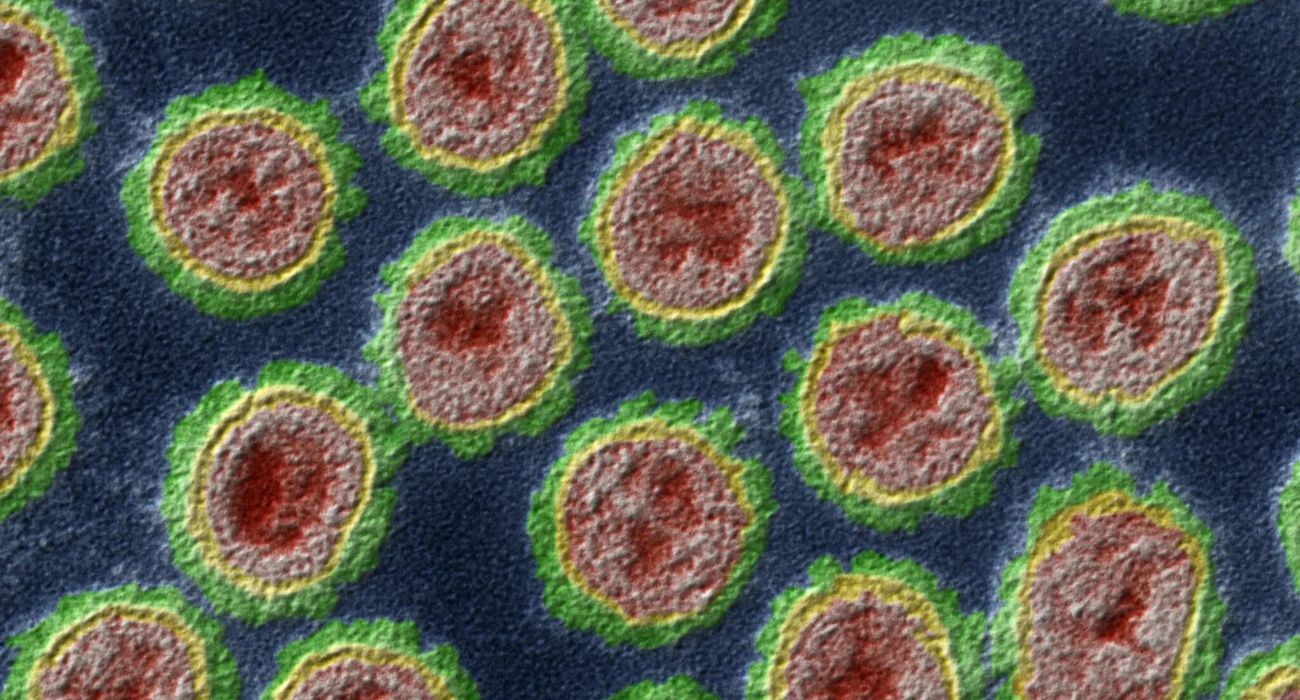As the winds of change are bringing in the New Year, they’re bringing cedar and juniper pollen along with it, adding a concentrated punch of allergens to North Texas.
Move over viruses; cedar fever is on its way. Cedar pollen levels are expected to peak in January, bringing the feeling of sickness to many North Texans.
“With millions of juniper trees releasing pollen at the same time, you can’t help but breathe it in, and when you do, your body reacts as it would to any perceived threat — it tries to fight it,” said Jonathan Motsinger, Texas A&M Forest Service Central Texas Operations Department head, per Texas A&M Today.
Symptoms can include itchy eyes, runny nose, sore throat, slight fever, and malaise.
“With the quantity and density of Ashe junipers in Central Texas, all producing pollen at the same time, the concentration of pollen in the air causes cedar fever,” said Motsinger.
Texas A&M Forest Service warns that you don’t have to be allergic to the pollen to have symptoms of a reaction due to the concentration lingering in the air.
“The pollen from Ashe junipers isn’t particularly allergenic or harmful — it’s just so concentrated that, even if you aren’t generally susceptible to allergies, it could still affect you,” Motsinger explained.
Research has found a significant link between obesity and allergic diseases, including asthma. This is because having extra weight spikes the levels of inflammation in the body, especially if paired with a diet rich in ultra-processed foods. This can have wide-ranging negative effects on one’s health, increasing the risk of heart disease, cancer, diabetes, and cognitive decline, as covered in The Dallas Express.
If you start to feel allergy symptoms coming on, allergy medications and antihistamines may help alleviate them. However, it is important to consult with your doctor before starting new medications and rule out other illnesses, such as the flu.
Peak pollen season usually occurs in mid-January; however, relief can be expected in March.
Texas A&M Forest Service recommends staying abreast of the pollen count in your area. On days of heavy pollen, keep windows and doors closed as well as limit the amount of time spent outdoors. Also, now is a good time to change the air filters in your car and home. For more winter prep tips, look here.






